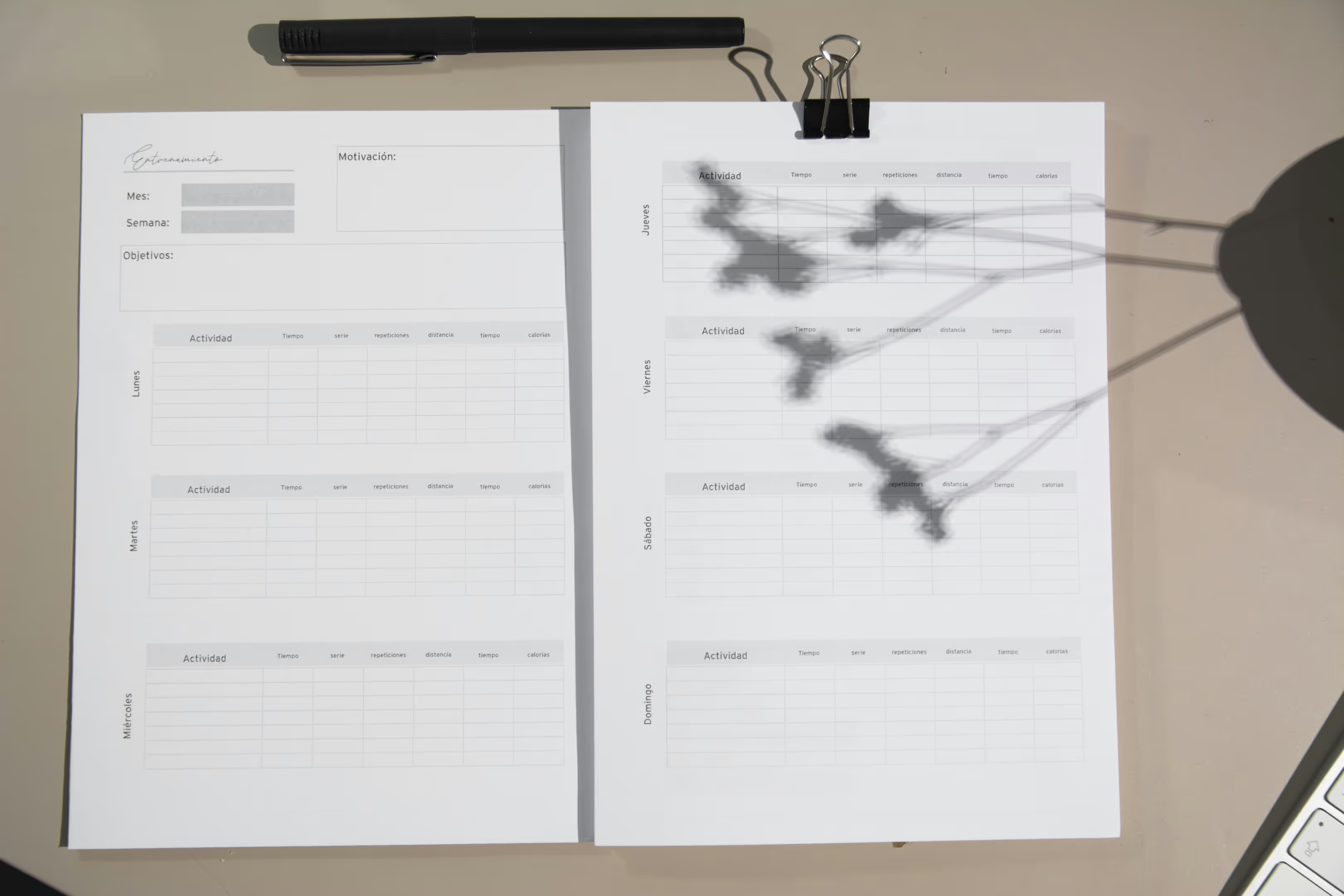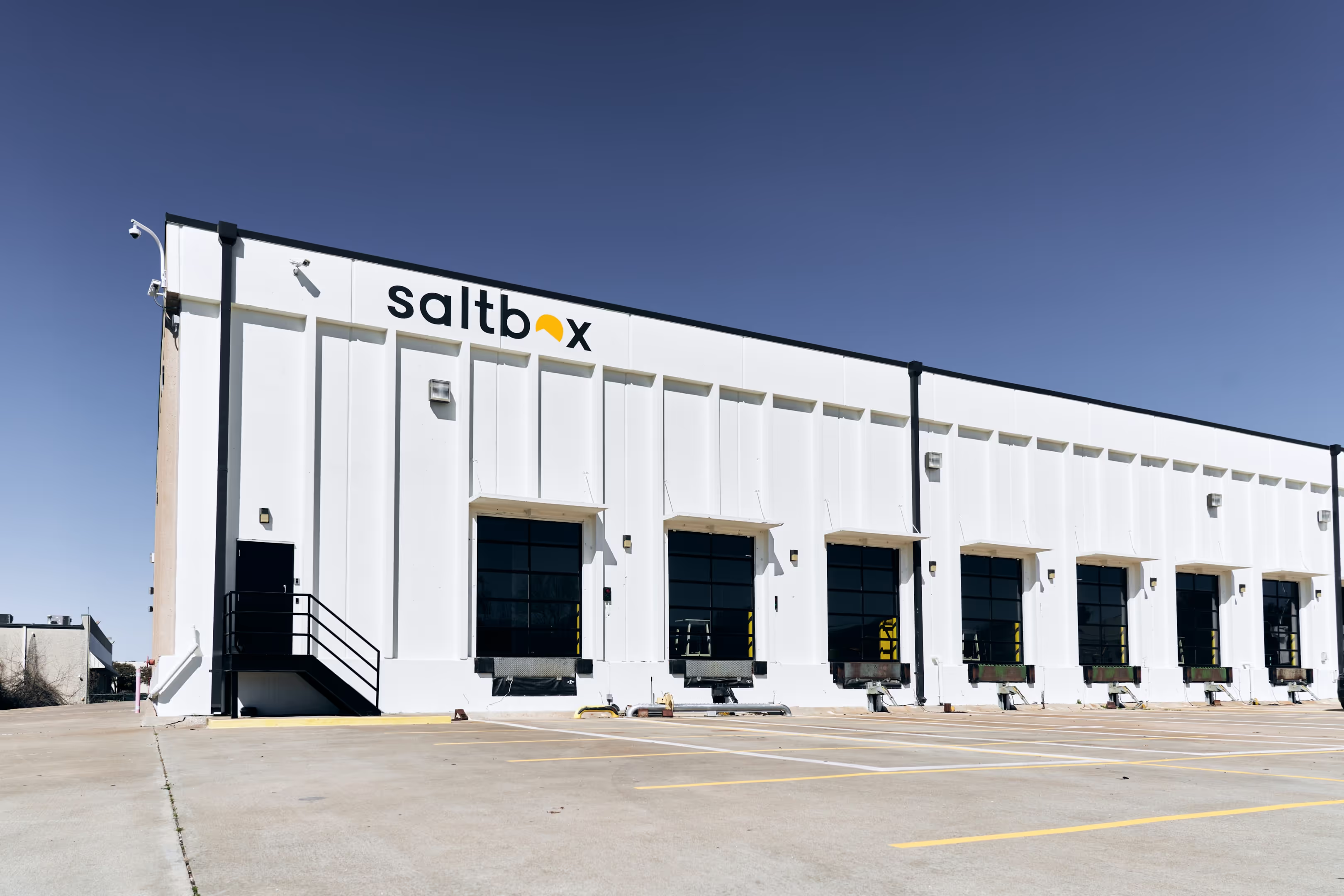Is your business ready for a warehouse lease?
Let’s talk about the “big move” everyone thinks they need to make. Renting a warehouse. A rite of passage. A sign you’ve made it, right?
While a warehouse sounds like the next big step in scaling your business, it can actually slow your momentum if you’re not truly ready. The truth? Renting space at a traditional warehouse is a high-commitment, high-overhead decision that can drag you down if you jump in too soon. Some leases may charge you based on the actual square footage you use for operations, not just the total space listed, so it’s important to clarify this detail when reviewing your options.
Before you lock yourself into a long-term contract and egregious fees, ask yourself: Is my business actually ready? Before entering a warehouse contract, consider the common concerns tenants have, such as understanding all costs, lease terms, and potential obligations. Understanding the base rental rate, lease rate, and total asking lease rate, for example, are crucial before committing to a warehouse space, as these factors determine your overall costs and obligations. Make sure to thoroughly review all terms before signing a warehouse lease to avoid surprises later. When evaluating costs and obligations, look for a transparent price structure and ensure there are no hidden fees or unexpected charges in your lease agreement.
Here are five signs you might not be ready for a warehouse lease—and what to do instead.
But first...what does leasing a warehouse really mean?
Leasing a warehouse isn’t just about getting more space—it’s about making a big commitment to your business’s future. When you sign a lease at a traditional warehouse (i.e., with a Third-Party Logistics provider), you’re not just renting a storage space; you’re taking on a set of responsibilities, costs, and decisions that can impact your operations for years to come.
Some warehouses offer a complete package, providing comprehensive access to facilities, amenities, and private spaces without hidden charges. Leasing a warehouse gives businesses the chance to scale up, streamline their supply chain, and improve efficiency—but only if you understand what you’re getting into.
Before you jump into renting a warehouse, it’s crucial to get clear on the terms and conditions. Warehouse rental costs go far beyond the monthly rent. You’ll need to factor in taxes, estimated operating expenses, and the fine print that can affect your bottom line. Be sure to clarify who is responsible for utility costs, such as electricity, water, and internet, before signing a lease. The right warehouse can help your business thrive, but the wrong lease can tie up your cash flow and limit your flexibility.
By understanding the true costs and commitments of leasing a warehouse, you’ll be better equipped to choose the space that fits your business needs—and avoid costly mistakes.
Five signs you might not be ready to lease a warehouse
1. Your order volume is seasonal, inconsistent, or still scaling

If you’re riding the feast-or-famine ecommerce rollercoaster (hello, Q4 chaos and summer snooze), locking yourself into a lease is risky business. Traditional leases don’t care if it’s peak season or slow season—they demand full rent, every month.
What to do instead: Consider flexible warehousing like Saltbox’s co-warehousing model or Access Plans, which give you the tools and credibility (like a professional business address) without the year-long commitment. Co-warehousing is a cost-effective solution for businesses taking advantage of flexible warehouse and storage options as they scale, offering shared space, logistics services, and adaptability as your needs change. With flexible warehousing, you can easily adjust the size of your warehouse space to match your business requirements, whether you need to expand during busy periods or reduce space in slower seasons.
📌 Read about how to grow an ecommerce business without a warehouse.
2. You're still running your operations out of your kitchen or car

Look, we love the hustle. But if your living room is doubling as inventory storage and your car is a mobile fulfillment center, you don't need a warehouse—you need relief. Many small businesses start by renting small warehouse spaces or sharing space, which offers an affordable and flexible solution before moving to larger facilities.
Before you commit to renting warehouse space, ask yourself:
- Do I actually need a loading dock every day?
- Or do I need reliable shipping access and a professional place for my packages to land?
What to do instead: Get a professional business address, secure receiving, and co-working amenities when you need it—without moving your whole life into 2,000 square feet of cold concrete.
👉 Get a professional business address with Saltbox Access Plans
3. You haven't nailed down logistics or fulfillment systems

Here’s a harsh truth: If you’re manually tracking inventory in a spreadsheet or picking/packing without a plan, renting a warehouse will not magically organize your ops. It’ll just amplify your chaos. Efficient order fulfillment and managing logistics costs are critical for customer satisfaction, so a lack of structure can negatively impact your business and your customers.
A traditional lease means you manage everything: shipping, staffing, scheduling, and screw-ups. Different configurations can accommodate varying numbers of employees, so you’ll need to consider how many staff members your space can support for efficient operations.
What to do instead: Partner with a provider that gives you structure, support, and scalable logistics—without throwing you into the deep end solo. Providers who offer access to distribution centers can streamline order fulfillment and help reduce logistics costs, improving your overall supply chain efficiency.
📌 Not sure if a warehouse is the right move? Read our blog, "Do you need a warehouse to run an ecommerce business?"
4. Your budget is better spent on growth, not rent

Renting space at a traditional warehouse doesn't mean you're only responsible for paying rent. Once you move in, you’re also paying for:
- Insurance
- Utilities
- Equipment
- Security
- Maybe even forklifts and staff
In addition to these, be prepared for high upfront costs such as deposits, initial equipment purchases, and setup fees, as well as a significant ongoing monthly costs for maintenance. It's also important to clarify who is responsible for maintaining and modifying the interior, as these responsibilities can impact your ongoing expenses.
Suddenly, that “affordable” space is a cash-eating monster. If you’re bootstrapped, this move can rob you of funds you could use for inventory, marketing, or faster shipping. Evaluating total warehouse costs—including rent, property taxes, insurance, and maintenance—is essential.
What to do instead: Start lean with pay-as-you-go logistics and warehouse access points. Use your budget to grow, not just to house. For some businesses, warehouse buying may be a better long-term strategy to control expenses and build equity.
5. You need space, but can't afford a fullblown lease

Need a loading dock once a week? A secure location for pallet drops? A place to kit and fulfill orders without paying thousands a month? Some businesses benefit from multiple warehouse locations or by choosing between smaller and larger space depending on their operational needs.
That's not warehouse readiness. That's smart business sense.
What to do instead: Saltbox Access Plans give you just that: warehouse access without warehouse headaches. With traditional leases, tenants may be required to install signs and manage their own operations, which can add complexity and costs. Use what you need, when you need it, and stay agile while you scale.
Key considerations when searching for warehouse space
Searching for the ideal space can feel like a big leap for your business—but knowing what to look for makes all the difference. Whether you’re eyeing small warehouse spaces for a growing startup or need a larger unit to support expanding operations, it’s essential to focus on features that truly support your specific needs.
- Start with square footage: warehouse properties come in a wide range of sizes, so think carefully about how much space you actually need for your inventory, equipment, and team. Don’t forget to factor in future growth—flexibility in your lease terms, like short term leases or the ability to expand your space, can be a game-changer as your business evolves.
- Security should be at the top of your list: Look for access control systems, video surveillance, and secure loading docks to protect your inventory and give you peace of mind. Amenities like conference rooms, pallet jacks, and reliable wifi can make day-to-day operations smoother and more professional, while on-site loading docks are essential for efficient shipping and receiving.
- Location is another critical factor: The right warehouse location can streamline your shipping processes, reduce delivery times, and help you better serve your clients. Plus, being part of a vibrant community of entrepreneurs and businesses can open doors to new partnerships, resources, and support.
- Pay close attention to the details in the lease agreement: Understand what you’ll pay for rent, utilities, property taxes, and any additional services or repairs. Make sure you know who’s responsible for maintenance and what amenities are included in your lease. Don’t hesitate to contact brokers or property managers to learn more about the range of spaces and services they offer.
Ultimately, the perfect space is one that fits your current operations and leaves room for growth. Take the time to explore your options, review the lease terms, and focus on what will help your business thrive—so when you’re ready to move in, you know you’ve made the right choice for your team, your inventory, and your future.
The bottom line: You don't need a lease to be legit
Renting a warehouse can look like progress—but if the timing's wrong, it becomes a burden, not a boost.
Here's the truth: You can build a legit ecommerce business without a warehouse.
So before you sign on the dotted line, ask yourself: Is this move about real growth—or just the illusion of it?
💥 Legitimize your business without long-term contracts. Explore Saltbox Access Plans today.
For Her
For Him
For Pets
For Anyone

Related posts
Learn from businesses improving their operational efficiency. Explore how Saltbox’s expert support and flexible spaces drive their growth.


Black Friday ecommerce strategy: Complete 2025 guide to maximize holiday sales
Discover a comprehensive Black Friday ecommerce strategy for 2025 to maximize your holiday sales. Learn expert tips on technical optimization, targeted marketing, inventory planning, and customer retention to boost your online store’s performance during the busiest shopping season.


The ultimate small business holiday gift guide 2025
Every item in this guide comes from a Saltbox member. Thoughtfully made, ready to ship, and powered by small businesses.


Holiday shipping deadlines 2025: Complete guide for on-time delivery
This comprehensive guide covers every major carrier’s 2025 holiday shipping deadlines, from standard ground services to last-minute express options.







